The BioMachine Design Challenge is closed for 2021. The activities and resources can be used in the classroom throughout the year. Enjoy and stay tuned for the spring of 2022 when the new challenge opens again.
The BioMachine Design Challenge encourages students to design their future, now. It is more urgent than ever for our youth to be informed and inspired to respond to the complex challenges of the 21st century such as climate change, biodiversity loss, and the recent rise of pandemic diseases. Through the BioMachine Design Challenge we provide diverse and creative tools for teachers to engage youth in sci-art interventions at the intersection of arts-humanities & science, bioethics & human ecology, nature/ecophilosophy & technology. Students learn from interdisciplinary and intercultural experts who share their knowledge to inspire youth to connect to and design with nature, and imagine a better world.
Our Sponsors
The Pollinator Concentrator installation, at Rio Fernando Park, was a collaboration that involved many people, organizations and businesses working in collaboration with the artist, Ana MacArthur. We would like to thank everyone that made the site-specific installation a reality.
- Taos Land Trust, Fiscal sponsor, collaborating partner and host organization
- Ben Wright, Taos Land Trust, Education and Land Projects Coordinator
- Juniper Leherissey, Project lead in phase one, envisioning stage to create the site-specific installation
- Mark Goldman, UNM Construction Technology Chair and students Jesse Riggs, Stephen Herrera, built and installed parabolic
- Daniel Torres, UNM construction advisor to artist, and participant in Mark Goldman class above
- Jim Scheetz, Engineer Buddy Rhodes Concrete Products, and company donations, advisor
- Enrico Trujillo, Electronics UV lighting, programing for bat visualization/ interactivity
- Mark Balistreri, Bat biologist at Rio Fernando Park, advisor
- Dominic Riolo and Native Plant Society, Landscaping pollinator garden concept with artist
- Susannah Gelb and Angelika Heikhaus, Landscaping design with artist
- David Klein, Sealant for tiles
- Juanito Salinas, Tile work
- Youth Conservation Corps, Earth work
- Ace Hardware Taos, In-kind contributions for landscaping materials
Overview
The BioMachine Design Challenge builds curriculum tools and resources around the Pollinator Concentrator, created in partnership with the Taos Land Trust and BioSTEAM artist, Ana MacArthur. The site-specific interspecies installation, located at Rio Fernando Park in Taos, New Mexico, reflects on the impact of local and global pollinator decline and biodiversity loss. The focus is on how pollinator decline impacts local culture, food security and the global health of the planet. The installation also integrates a bat detector on the land which tracks and visualizes the movement of bats living at the park. Approximately 20 bat species have been identified by bat biologist, Mark Balistreri.
The goal is to use the art installation as the springboard to delve into the ecological topic through sci-art explorations. We bring together experts from diverse fields of study and cultural knowledge to provide their unique perspectives on the biodiversity topics to inspire and inform student designs. The project is designed to the Next Generation Science Standards, and the United Nations Sustainable Development Goals where are in themselves a valuable teaching tool with the mission of working on meaningful solutions toward building a sustainable future for all. The chart below visualizes the methodology behind the curriculum design.
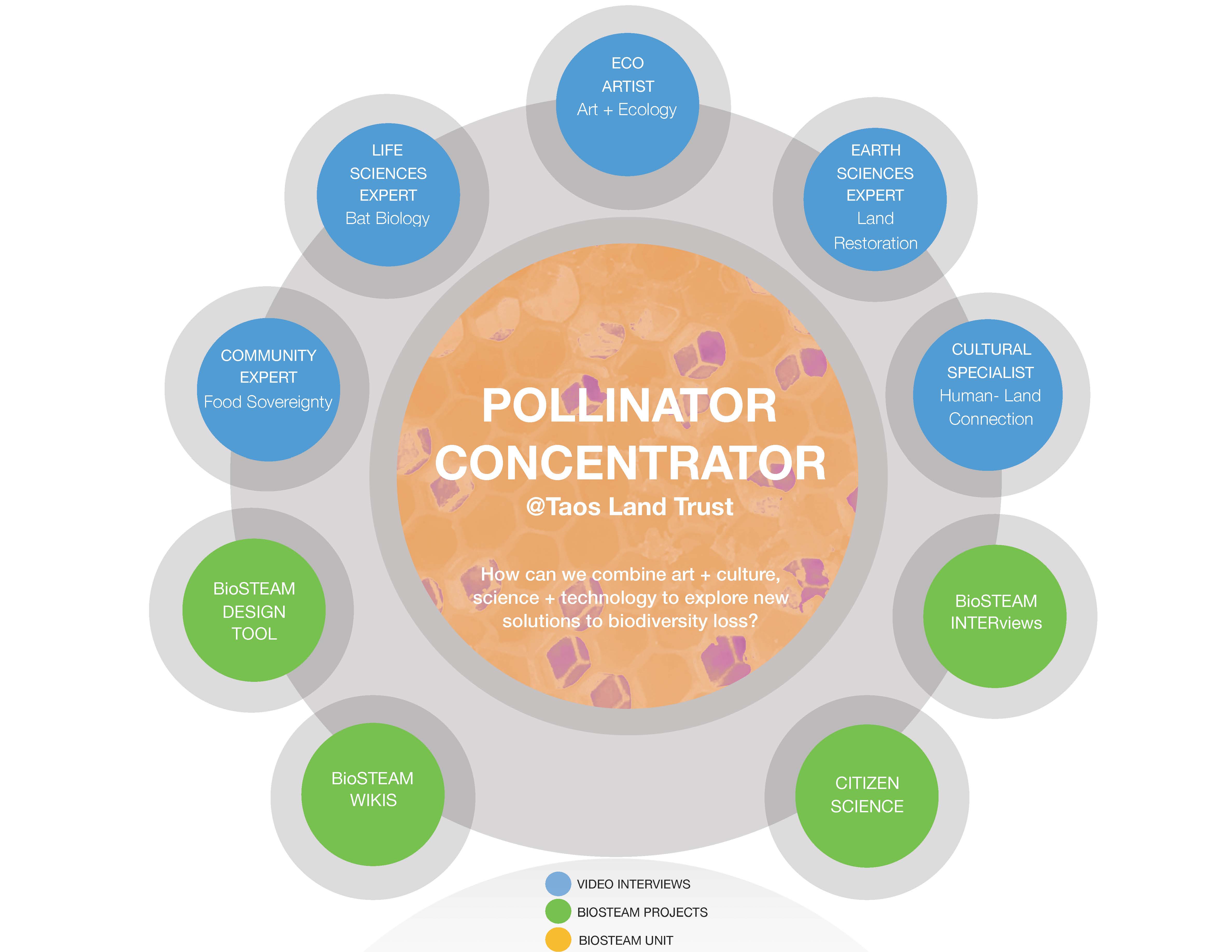
TEACHER TOOLS
TEACHERS GUIDE
The Teachers Guide contains all the files below in one document for easy access designed for teachers to develop their own curriculum around Biodiversity, Art and Science in conjunction with the BioSTEAM Curriculum Tool online.
DownloadRESOURCE GUIDE
This quick guide highlights some of the resources used to develop the BioSTEAM curriculum tools. Explore these live linked resources and more on the BioSTEAM project pages and in the wiki located in the Design Tool.
DownloadDESIGN CHALLENGE
The BioMachine Design Challenge includes and overview on this activity and guidelines such as examples, a rubric. Students design a pollinator-inspired BIO-MACHINE that helps us live in balance with nature.
DownloadSNAPSHOTS
The Pollinator Snapshot is intended to make connections between the pollinator theme with biomimetics or nature inspired design. Snapshots focus on pollinator species featured in Pollinator Concentrator such as bees, butterflies, and bats.
DownloadBIODIVERSITY TOPICS
Provides a detailed description of the three main biodiversity topics for this project to inform the sci-art experiments and designs. Students learn how art, science, technology and culture are inspired by nature.
DownloadNATURE EXPERIMENTS
Includes three hands-on Nature Inspired Experiments that explore the NGSS crosscutting concepts of patterns, structure and function. Visualizing the invisible, Drawing pollinators, and analyzing bat data.
Download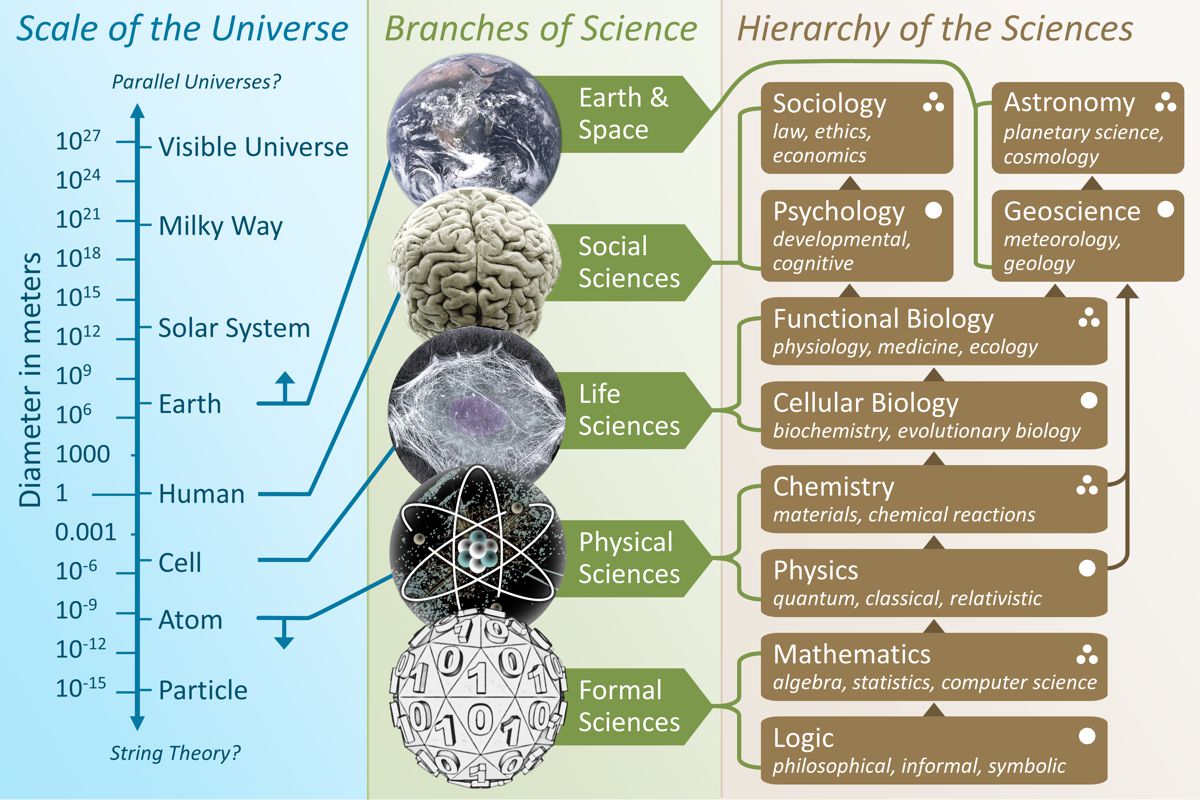
The diagram above is a reminder of the diversity in scientific fields that study our universe. The Pollinator Concentrator project explores the biodiversity topic through the lens of interdisciplinary science interwoven with art and culture. We investigate the spaces in-between, the intersections, of art and ecology, biology and quantum physics (quantum biology), botany and computer science, native and western science. The research we have gathered encourages you to play at these boundaries to see what you discover and what you can imagine.
How it Works
Use this STEMarts Curriculum Tool to build a classroom project around the BioMachine Design Challenge either virtually from home or in the classroom. Below is a description for each of the main components of the program.
Biodiversity Teacher Resources
The following articles, essays and research papers are resources to help you build content for your lesson plan around the BioMachine Design Challenge project. They cover topics on biodiversity, pollinator and species decline, as well as their connections to climate change and the rise of pandemic diseases. Also included are a collection of related essays from UNESCO on Humanistic Futures of Learning. For more on biodiversity topics related to this unit visit the Design Tool and scroll down to see the Topics Map.
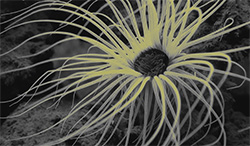
UNESCO Biodiversity Learning Kit Volume 1
UNESCO’s Biodiversity learning kits are concrete tools designed to support biodiversity-related education, communication and public awareness. The full 191 page book can be downloaded.
Read More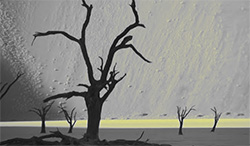
UNESCO’s commitment to biodiversity: connecting people and nature for an inspiring future
This publication highlights some of UNESCO’s biodiversity-related actions and solutions, based on the Organization’s unique mandate and its diverse normative instruments, networks, programmes and partners . These actions have reduced biodiversity loss and improved the lives of many people around the planet .
Download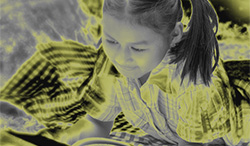
UNESCO: Humanistic Futures of Learning
Perspectives from UNESCO Chairs and UNITWIN Networks. This collection presents diverse views on the aims and purposes of education, as well as on learning content and methods within increasingly complex learning systems. The humanistic approach to education and development is the common thread that weaves together the diversity of contributions into a rich tapestry on learning.
File Missing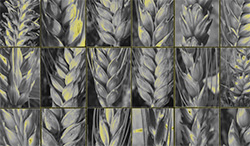
UNESCO Biodiversity Learning Kit Volume 2 Activities
Developed jointly by UNESCO and the Secretariat of the Convention on Biological Diversity (CBD) on the occasion of the UN Decade on Biodiversity (2011-2020), this kit responds to the need to develop concrete tools, in support of biodiversity communication, education and public awareness. The 80-page book of hands on activities can be downloaded.
Read More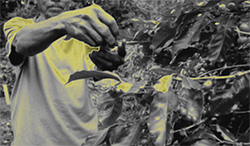
Terralingua: Biocultural Diversity Toolkit
Edited by Luisa Maffi and Ortixia Dilts,Terralingua’s Biocultural Diversity Toolkit is a free publication that introduces the theory and practice of biocultural diversity and some of the relevant tools and approaches.
Download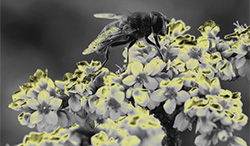
UNESCO: Learning about Biodiversity – Multiple-Perspective Approaches
The Multiple-Perspective Tool is a valuable framework for teaching any sustainable development issue. The focus of this particular companion document is on applying multiple perspectives for Education for Sustainable Development (ESD) to biodiversity issues.
Read MoreSTEMarts Wiki
We are living in a transformative century where new scientific discoveries and technologies are radically reframing they way we think and interact in every aspect of our lives with the potential to expand our worldview and sense of self. How can an expanded sense of self be explored through the merging of art and culture with science and technology? How can this exploration develop empathy and a deeper connection to our humanity and nature? Never before has it been so urgent for our youth to be prepared to solve local and global humanitarian and environmental challenges. These challenges require out of the box creative thinking and unique transdisciplinary skills inherent in STEAM education.
So why is the path to creating integrated STEAM activities in our schools and classrooms so challenging and overwhelming? Why are we so resistant to learning new technologies? How can STEM/STEAM activities be more culturally responsive? How can “I” integrate science if I am not a scientist? How can “I” integrate art if I am not an artist? How do we create interdisciplinary projects within the constraints of the 20th century structured classroom? These are questions that we are continually addressing through the STEMarts Lab. The BioSTEAM Teacher Wiki below has links to articles, posts and research that explore these underlying questions and can provide insight and inspiration. We also include links with background information on science discoveries, fields of study or art genres referred to in the BioSTEAM projects that may be new to you. Select specific topics from the Word Cloud or select VIEW ALL in the Word Cloud to see all entries. The size of the word is proportional to the amount of links under that topic.
Arduino Art Artists Bats Bees Bioacoustics Bioculture Biodiversity Biomachine Biomimicry Butterflies Citizen Science Climate Change CONNECT Conservation Coronavirus COVID 19 DESIGN Echolocation Ecology Ecoservices Ecosystem Electro-magnetic Spectrum Engineering EXPERIMENT EXPLORE Food Security Food Sovereignty Human Impact Hummingbirds IPLV Light Nature Inspired Design Navigation Optics Pandemic Disease Physics Polarization Polarized Light Polarizer Pollinators Project Quantum Biology RESEARCH Rio Fernando Park Science Scientist Sensing the Invisible Sensors Solar Solar Navigation Sound Species Species In Peril STEAM ACTIVITY Taos Technology UV VIEW ALL Waves

